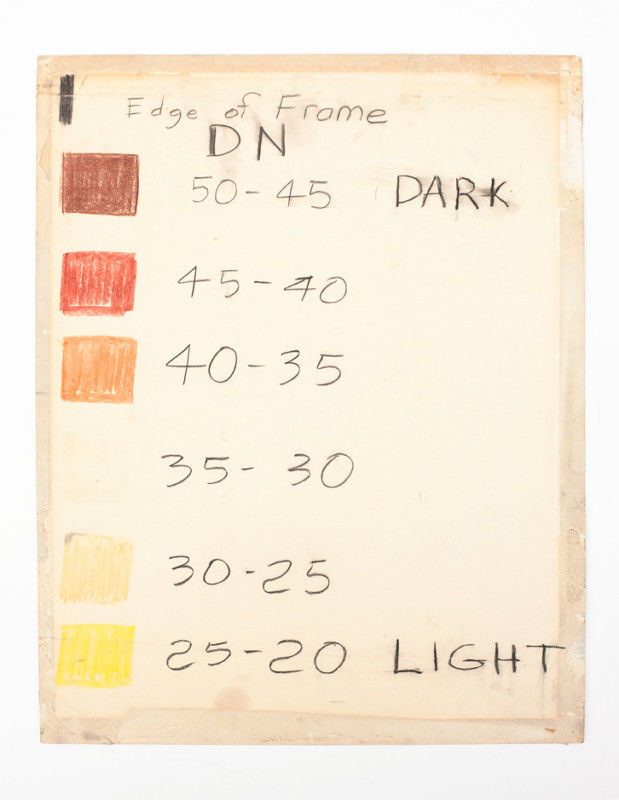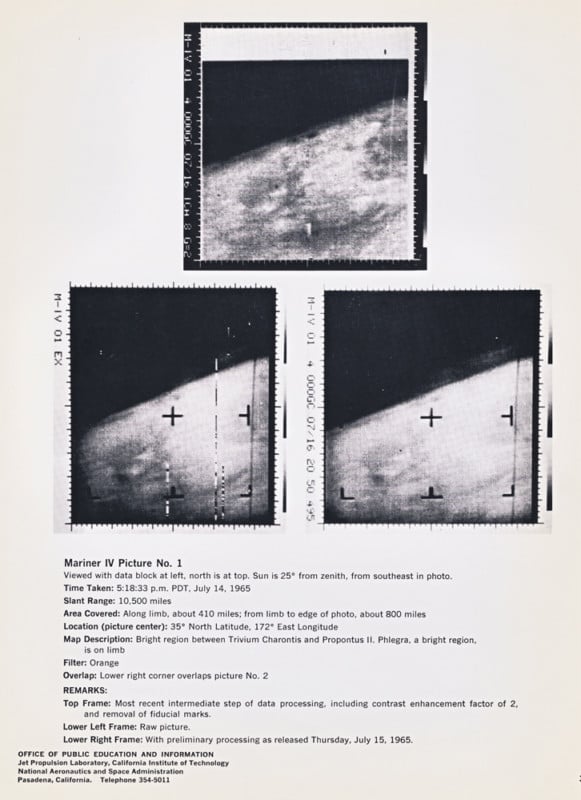
The first time the public ever got to see a close-up image of Mars they were actually looking at a paint-by-numbers picture generated from the real photo’s data.
In 1965, the world waited in anticipation as NASA’s Mariner 4 probe was about to take the very first image of another planet from space as it flew just 6,118 miles away from Mars.
The problem was it would several hours for a computer to process the image sent back by the probe so while they waited engineers thought about how they could use the 1s and 0s from the data and create an image.
NASA engineer at the Jet Propulsion Laboratory, Richard Grumm, went down to a local art store and bought a set of colored pastels. He then printed out the binary code (1s and 0s) on ticket tape and the team colored them by their brightness level.

![]()

Although Grumm and his team used a red color scheme, like Mars, the actual color did not matter because in 1965 the image was broadcast in grayscale.
As Grumm colored in the paint-by-numbers representation of Mars, the gathered media found out what they were doing and demanded to see the image. Despite protestations from NASA’s PR department, the paint-by-numbers because the first close-up image of Mars seen by the public.
The image they painted is of the edge of Mars with the dark brown at the bottom of the painting representing open space with the lighter area showing Mars. When compared side-by-side with the real photo, there is a similarity.


The probe successfully transmitted 22 close-up images of the Red Planet that contained 5.2 million bits of data. Back in the 1960s, there was hope that there might be signs of life on Mars but even though the pictures were blurry by today’s standards, it was obvious that Mars was a barren, unforgiving landscape.
Mars is “probably a dead planet,” remarked The New York Times subsequently, summing up the disappointment felt by scientists and the public alike.
Image credits: All photos courtesy of Jet Propulsion Laboratory/NASA.




